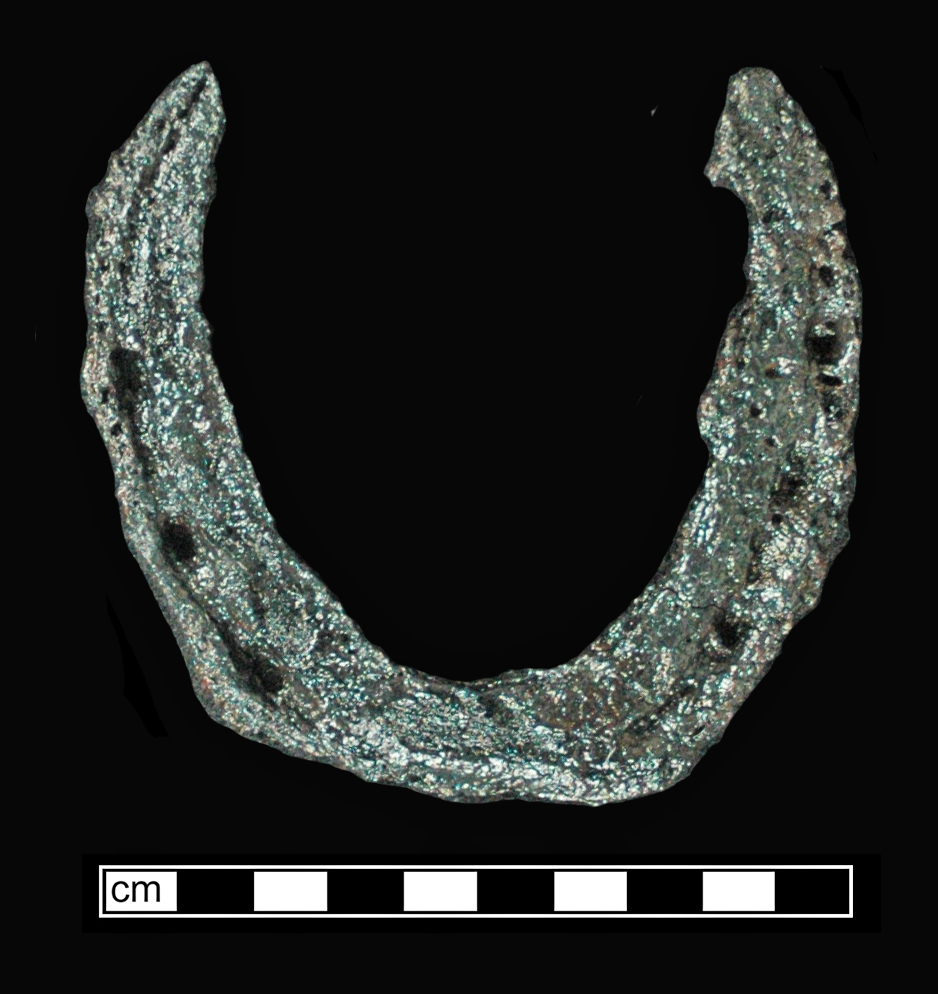By Matthew D. McKnight, Chief Archeologist
As Maryland Archeology Month draws to a close, I’d like to take this opportunity to invite you, the reader, to attend our Annual Field Session in Maryland Archeology which will be held jointly with the Archeological Society of Maryland (ASM) from Friday, May 24th until Monday, June 3rd.
Every year, dozens of volunteers from around the state converge on a site selected for its research potential and importance to the history or prehistory of the state. They will make significant contributions to a citizen science project and obtain training in archeological excavation methods. If you’ve ever had an interest in archeology, you should consider joining us. Your participation can range from as little as a few hours of work, to the entire 11-day field session.

This year’s excavations will be held at Billingsley House near Upper Marlboro in Prince George’s County. Owned by the Maryland Department of Natural Resources, Billingsley is operated as a historic house museum by the Maryland-National Capital Park and Planning Commission (M-NCPPC), who have graciously agreed to host and to assist with the excavations and project logistics this year.
Though the house museum dates later (to the 18th century), the site is the core of a 700 acre tract that was patented to Major John Billingsley in 1662, “…for transportation of 14 servants in the year 1650”. Though it’s pretty clear from the archival record that Major Billingsley never actually lived on the property, a European-built structure is depicted on the parcel on a map of the Chesapeake published by Augustine Herrman in 1673 (and drafted much earlier). Whether or not this structure depicts an actual dwelling or is merely intended to symbolize surveyed and patented land is still an open question. What is not in question, is that the tract was inhabited.

The Herrman map marks the presence of not one, but two 17th-century Indian villages on the Billingsley parcel: one named “Wighkawamecq” and the other, “Coppahan”. In addition, the Proceedings of the Maryland Assembly on May 23rd, 1674 make it clear that Billingsley purchased his 700 acres from the “Mattapany and Patuxon Indians”, at least some of whom, “…doe Continue upon the Land”. This statement, as well as Herrman’s map, strongly suggest that two indigenous groups were living on this land in the mid 17th century.

In the fall of 2018 and again in late winter 2019, MHT Office of Archeology staff carried out a magnetic susceptibility survey on some of the agricultural fields at the Billingsley property. It was known at the time that a number of 20th century artifact collectors had been active on the site, but MHT did not have a good handle on precisely where this collecting had taken place. It was thought that magnetic susceptibility testing might be able to “zero in” on the locations where archeological deposits had been identified in the past. The magnetic susceptibility of surface soils can be influenced by past human activity such as burning, digging, the introduction of organic matter, and the introduction of foreign stone or other raw materials. Prehistoric artifacts had been recovered from the site, and hearths from ancient cooking fires would be expected to influence the magnetizability of the soils on-site.

I’m happy to report that the technique worked amazingly well! Ultimately, after three days in the field, MHT identified a roughly 1.3 acre anomaly of culturally modified soils at Billingsley. Furthermore, the location of this anomaly matches almost perfectly the location of the “W” in “Wighkawameck” on the 17th-century Augustine Herrman map. It isn’t surprising that historically documented tribes such as the Mattapany and Patuxent would find a location appealing for establishment of their village in the late 17th century, precisely where their ancestors had lived during prehistoric times. It’s a pattern that has been observed throughout the state…that certain locations persist in the memories of Native Peoples. Sometimes for millennia.

“X” rarely marks the spot in archeology, but in this case, a “W” may. With your help, as well as that of the ASM and M-NCPPC, we hope to obtain archeological evidence for a 17th– century Native American presence at the Billingsley site in Prince George’s County. We have 11 days within which to do it. Please join us.
For more information about the Tyler Bastian Field Session in Maryland Archeology and to register to participate please visit the link below.
https://marylandarcheology.org/Field_Session/2019FieldSessionRegistration.html








